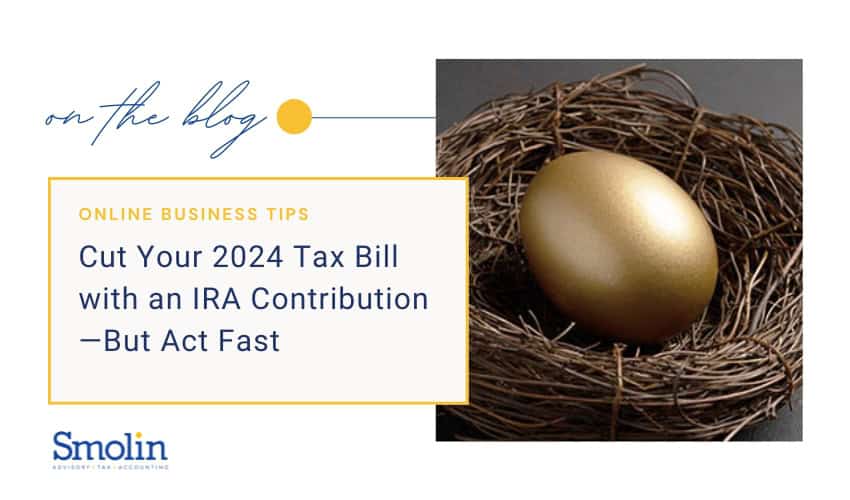While the 2024 tax deadline is quickly approaching, it’s not here yet, which means you still have time to trim down what you owe. If you qualify, you still have time to make a deductible contribution to a traditional IRA right up until the April 15 filing deadline and lock in tax savings on your 2024 return.
Who qualifies?
Selling your home can come with a huge tax break. Unmarried sellers can exclude up to $250,000 in profit from federal income tax, while married couples filing jointly can exclude up to $500,000.
You can make a deductible contribution to a traditional IRA if you meet one of the following criteria:
- Neither you nor your spouse are active participants in an employer-sponsored retirement plan.
- You or your spouse are covered by an employer plan, but your modified adjusted gross income (MAGI) is within the yearly limits based on your filing status.
2024 Income Limits for Deductible Contributions
If you’re covered by an employer-sponsored retirement plan, your ability to deduct a traditional IRA contribution depends on your income:
- For married filing jointly, the deduction phases out if your MAGI is between $123,000 to $143,000.
- For single or a head of household, the phaseout range is $77,000 to $87,000.
- For married filing separately, the phaseout happens quickly, between $0 and $10,000
If you’re not covered by an employer plan but your spouse is, your deduction phases out between $230,000 and $240,000 of MAGI.
Traditional versus Roth IRAs
A deductible IRA contribution can help lower your tax bill now, and your earnings grow tax-deferred. But keep in mind—when you withdraw funds, they’ll be taxed as income. Plus, if you take money out before 59½, you could face a 10% penalty, unless an exception applies.
You also have until April 15 to contribute to a Roth IRA. Unlike traditional IRAs, Roth contributions aren’t deductible, but the trade-off is tax-free withdrawals—as long as the account has been open at least five years and you’re 59½ or older. There are income limits to make Roth IRA contributions.
If you’re married, you can still make a deductible IRA contribution even if you’re not working. Normally, you need earned income, like wages, to contribute to a traditional IRA; however, there’s an exception. If one spouse works and the other is a homemaker or not employed, the working spouse can contribute to a spousal IRA on behalf of the non-working spouse.
What are the contribution limits?
For 2024, if you’re eligible, you can contribute up to $7,000 to a traditional IRA and $8,000 if you’re age 50 or older. These contribution limits will stay the same for 2025.
Small business owners also have the option to set up and contribute to Simplified Employee Pension (SEP) plans until their tax return due date, including extensions. For 2024, the maximum SEP contribution is $69,000, which will increase to $70,000 for 2025.
How can you maximize your nest egg?
If you have questions or what to know more about IRAs and SEPs, reach out to your Smolin advisor. We can help you create the right tax-friendly retirement strategy so your savings work harder for you.








